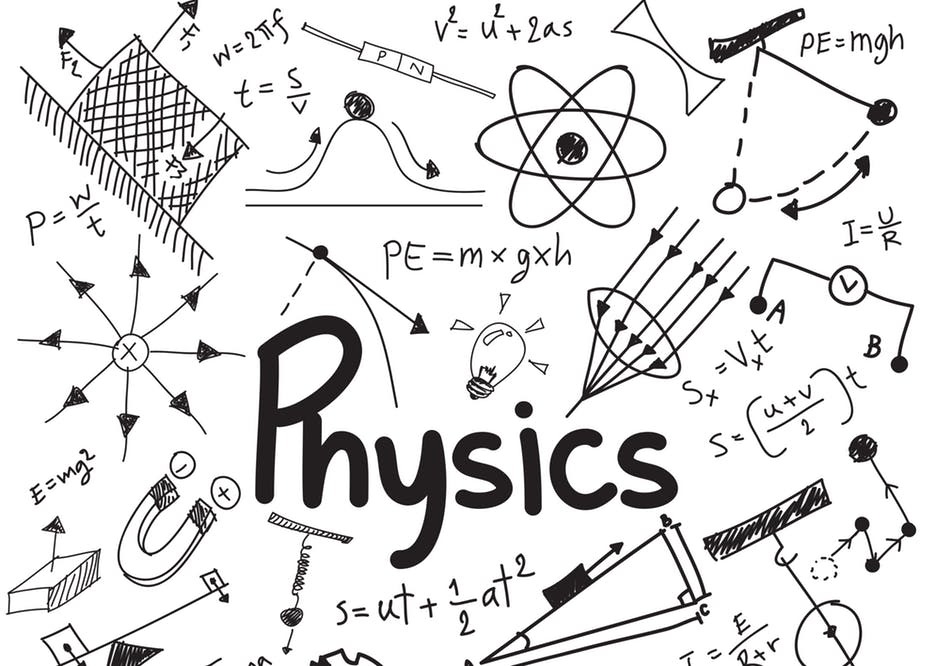By Victoria Hristova, Year 12,
(The views expressed in this article are not those of the writer and are meant purely for satirical purposes. It is not the writer’s goal to encourage this, merely to inform on undeniable realities surrounding us. The scientific facts, however, remain entirely true.)
Here’s a checklist of everything you need to do to annihilate a species:
1 – Find enemies: For further information, please refer yourself to the World News section of the LGB Express, where you will be given specific guidelines on how to act.
2 – Build a bomb or any weapon exploiting science in its making: You have plenty of choice here. Of course, any manner of weapons used in conflicts is dangerous and deadly; even a mere pistol would work, but if you wish to really make an impact, here’s the kicker: rely on science. Something as simple as breaking apart atoms in a series of meticulously calculated collisions of neutrons can go a long way. The basic principles here are that of nuclear fission—the splitting of a large nucleus into a number of smaller ones and additional neutrons—and nuclear fusion—the merging of small nuclei to form that of a heavier element and, again, releasing neutrons. Both can, in fact, happen spontaneously: for the former, that is known as spontaneous fission and is the predominant decay mode for radioactive isotopes, and for the latter, it remains fusion but can only take place in extremely high temperatures (around 13 million degrees Kelvin for hydrogen alone) and pressures, when the elements are in their plasma state. Rest assured; it is perfectly possible to make that happen artificially and with a much higher energetic output for fission specifically. The way it is done is by firing a single neutron into an already unstable fissile (capable of fission) nucleus, which will then destabilize it further and cause it to break into a number of smaller nuclei, most often two. Along with that, excess neutrons are released, as well as energy, deduced from the fact that the products are lighter than the reactant, meaning some of their mass was converted to nuclear energy in the process. A single fission produces insignificant amounts of energy, of the order of 3.2*10-11J for U-235, but put many reactions back to back, using the released neutrons from a single reaction to continue the succession, and you get a chain reaction. What is vital with this string of events, if you are to weaponize it, is to keep it going without losing to the outside any of the produced neutrons, i.e. keeping their “birth rate” higher than the “death rate”. This so-called super-critical mass is most efficiently achieved in a spherical space covered by a neutron-reflecting material, initially split in half and, at a timed interval before the explosion, slammed back together to create the highest amount of fission for a minimal amount of time. The energetic output from such an explosion can go up to, maximally, 500’000 tons worth of TNT. If that is not to your liking, then it is also possible to combine fission and fusion in succession to build a thermonuclear weapon. One such has two “compartments” or stages, primary and secondary. The primary stage resembles the atomic bomb, except that the core of fissile material itself contains a mixture of deuterium and tritium, two unreactive-with-each-other isotopes of hydrogen, only capable of fusing under immensely high pressure and temperature. Subsequently, instead of having only fission, you can have fission from which the energy produced can be directly used to force the fusion of the H-2 and H-3 core. That alone releases absurd amounts of power. However, this is not the thermonuclear part of the weapon. Next to the primary stage is the secondary, which consists of a block of deuterium and tritium. As it stands, none of the neutrons produced from the fusion of the primary stage is used. Hence the interest in inlaying the block of hydrogen isotopes with even more radioactive material, seeing as that will begin another chain of fission reactions. Overall, with thermonuclear weapons (also known as H-bombs), you can achieve an output of up to 1’200’000 tons of TNT, over double that of an average atomic bomb. Still not enough? As far as our current technologies go, it is impossible to create a purely fusion-based weapon. Fusion reactors, called tokamaks, exist around the world but rely on deuterium and tritium plasma and the movement of the embedded magnetic fields within to produce energy. However, up to this day, not a single one has yielded more energy than is put into powering it. The constant need for fuel and energy to uphold one such device and maintain a steady supply of fusion energy does not allow for the instantaneous power needed in weapons.
3 – Drop the bomb(s): Please refer yourself to any manner of WWII or Cold War history books. Make sure to deploy your entire arsenal just in case.
4 – Admire your work (optional): Take a moment to appreciate the blazing inferno you’ve caused. All your efforts paid off, and those of your scientists, if you deem they deserve an honorable mention.
Congratulations! You’ve just destroyed yourself and the entire planet, likely from the comfort of your own underground bunker! Doesn’t it feel simply lovely for the remains of the world to be at your mercy?
Image credits: AI-generated



